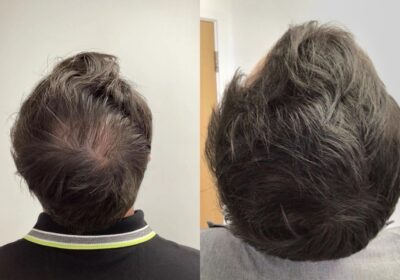
Alcohol Monitoring And The Best Alcohol Monitoring Devices
Alcohol monitoring is a way to track and restrict an individual’s consumption of alcohol. It is often used by those who have been ordered by a court or employer to abstain from alcohol or who are participating in a recovery program. Alcohol monitoring can be a helpful tool in maintaining sobriety and promoting accountability. In this essay, we will explore the different types and functions of alcohol monitoring devices and the benefits and challenges of using them.
What is alcohol monitoring?
Alcohol monitoring is the process of tracking and measuring an individual’s consumption of alcohol. It can be done through the use of a device or through regular testing, such as with a breathalyzer. Alcohol monitoring can be used to ensure that an individual is staying sober and to provide evidence of sobriety when needed.
Types of alcohol monitoring devices
There are several types of alcohol monitoring devices available, each with its own unique features and limitations. Some of the most well-liked choices are:
- Breathalyzers: Breathalyzers are portable devices that measure the alcohol content in an individual’s breath. They are typically used by law enforcement to test for drunk driving, but they can also be used by individuals in recovery to monitor their own sobriety.
- Soberlink: It is a portable breathalyzer that connects to a smart phone app. It uses fuel cell technology to accurately measure BAC and allows users to track their progress over time. It can also send alerts to designated supervisors if the BAC is above a predetermined limit.
- SCRAM: SCRAM is a bracelet that continuously measures BAC through the skin. It is often used by individuals who have been ordered by a court to abstain from alcohol.
- Smartphone apps: There are several smart phone apps available that offer alcohol monitoring services. These apps may use a variety of methods to measure alcohol consumption, such as tracking self-reported drinking or analyzing social media activity.
How alcohol monitoring works?
The specific process of alcohol monitoring will depend on the type of device or method being used. In general, alcohol monitoring involves the following steps:
- Setting up the device or program: This may involve calibrating the device, setting custom limits or alerts, and designating supervisors who will receive notifications if the limits are exceeded.
- Testing: The individual will need to test their alcohol levels at regular intervals using the device or app. This may involve blowing into a breathalyzer, using a smartphone app to track self-reported drinking, or wearing a bracelet that continuously measures BAC.
- Recording and tracking results: The device or app will record and store the test results, allowing the individual and their designated supervisors to track their progress over time.
















